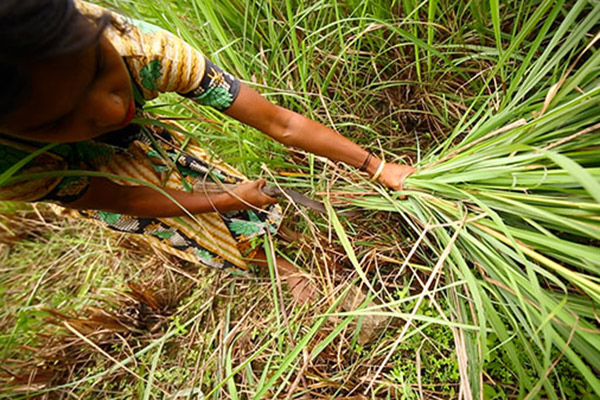Origin: a Latin derivative
meaning "Gift of the Earth."
- Shop
-
Our Story
- View Our Story Home
-
Who we are...
-
Who we are...
An essential oil company changing the world one drop at a time.
- About doTERRA
- Our Story
- Executives
- Science
-
-
What we do...
-
What we do...
Provide pure, high quality essential oils and products.
- About Essential Oils
- What is an essential oil?
- Why doTERRA?
- Essential Oil Safety
-
-
Why we do it...
-
Why we do it...
To empower you and your loved ones to live a wellness lifestyle.
- The dōTERRA Difference
- Co-Impact Sourcing
- CPTG® Quality Control
- Global Botanical Network
- Product Innovation
- Source to You
- Co-Impact Sourcing Projects
- Bulgaria
- Guatemala
- Additional Projects
-
-
dōTERRA[doh-ter-ah]
Video disabled by your privacy settings
-
Discover
- View Discover Home
- Healing Hands
- Product Education
- Blog
- Tools
-
doTERRA Events
 See All Events
See All Events
- Resources
- Help
Part 2: Harvesting—Technique

Harvesting the plant material needed to produce essential oils has historically required intensive manual labor. Plant parts are removed either by hand or with the use of tools such as clippers or knives. Manual harvesting is favorable because it causes minimal bruising or damage that could affect the plant’s fragile cells containing essential oils. It also allows for careful removal of only the plant material needed for distillation without damaging the rest of the plant. A careful harvest technique not only allows the maximum amount of essential oils to be distilled, but also ensures the non-harvested plant remains healthy and can regrow as quickly as possible for future use.
Although manual labor is still used today, mechanical harvesting is beginning to be used more widely. As technology improves, mechanical harvesting methods have the potential to minimize damage while also collecting plant material much more quickly and efficiently. Mechanical harvesting can work especially well when the essential oil comes from the root or the whole plant, or when the plant must be replanted each season.
-
Share
- Share on Facebook
- Tweet this
- Pin it
-
Get Link
- Hi-Res Image




